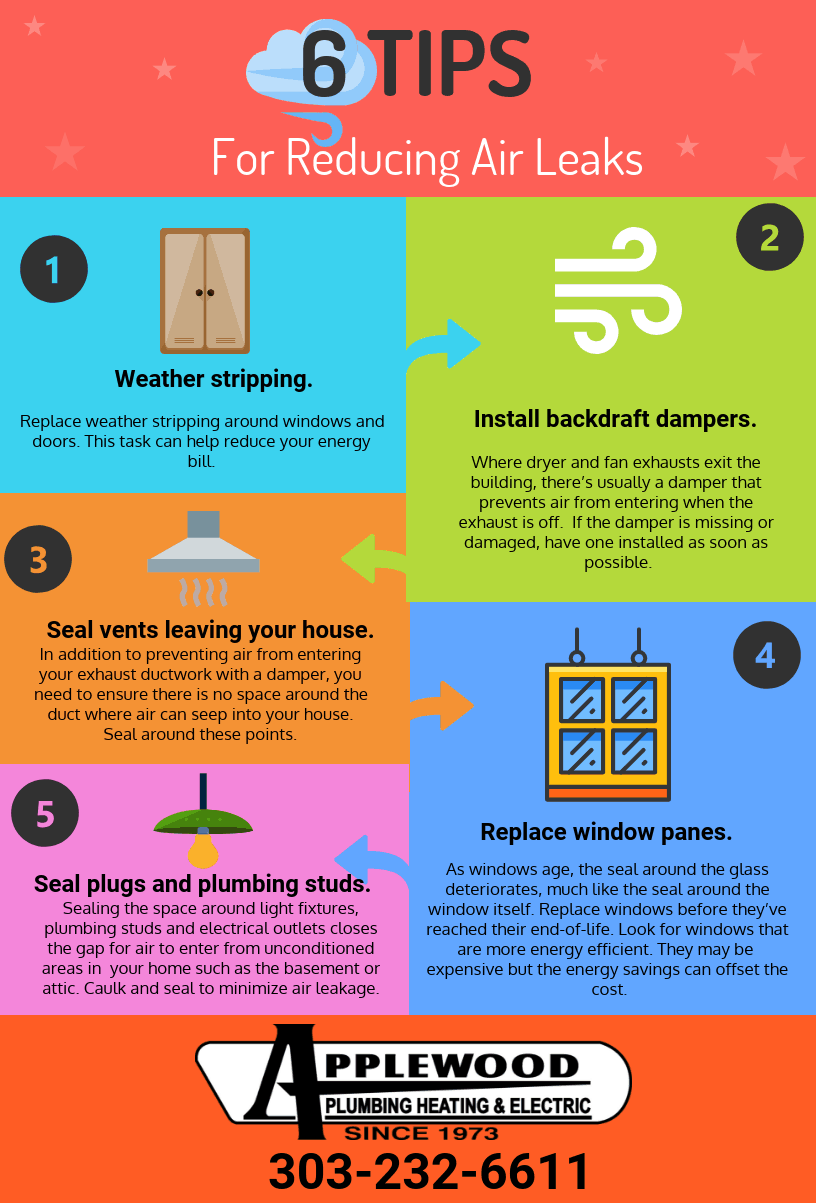Superior Pressure Cleaning Techniques For All Surface Area Keys In
Superior Pressure Cleaning Techniques For All Surface Area Keys In
Blog Article
Authored By-Viborg Hodges
When it comes to press washing, the strategy you pick can make all the difference in accomplishing a tidy, streak-free coating. You could find that tough surfaces, like concrete, call for a various method than softer products, such as timber or plastic. It's necessary to adapt your approaches to the surface type to prevent damage while making best use of cleaning performance. So, what are the best strategies for each and every surface, and exactly how can you guarantee you're making use of the appropriate setups and devices for the work? Let's discover what you require to understand to obtain the best outcomes.
Hard Surface areas
When it comes to push cleaning tough surface areas, prep work is vital. Before you also consider pulling out the pressure washer, take the time to clear the area of any kind of particles, furnishings, or obstacles. https://emilianodjotz.bloggerbags.com/37792028/a-comprehensive-guide-to-identifying-the-right-stress-washing-service-for-your-requirements do not want anything getting in your means or potentially destructive your devices.
Next, examine the surface for any type of cracks or damages; this will help you establish the right approach and stress setups.
As soon as you've prepared the location, it's essential to choose the appropriate nozzle. For difficult surface areas like concrete or brick, a narrow nozzle (15 or 25 levels) functions best to give a concentrated stream of water that can properly get rid of crud and discolorations. Constantly begin at a distance and progressively relocate more detailed to prevent any type of surface area damage.
As you start washing, keep the stick relocating to avoid touches and over-saturation. It's likewise valuable to work from the top down, permitting dirt and particles to wash away normally.
Lastly, remember to wash the surface area thoroughly after cleaning to eliminate any kind of remaining detergent. With these methods, you'll attain a tidy and renewed look on all your hard surfaces.
Soft Surfaces
Pressure cleaning soft surface areas calls for a gentler strategy to secure them from damage. Whether you're cleansing your deck, patio area furniture, or house siding, using excessive pressure can lead to dents, scratches, and even irreparable damage.
Start by picking a low-pressure nozzle, preferably a 25-degree or bigger spray pattern, to spread the water much more carefully.
Prior to you start, it's important to pre-treat any discolorations with an appropriate cleansing remedy. This action permits the cleaner to pass through the dirt and crud, making it much easier to remove without rubbing as well hard.
Constantly apply the service from all-time low approximately stop spotting.
When you start pressure cleaning, maintain a distance of at the very least 12 to 18 inches from the surface area. Relocate your stick in a sweeping motion, keeping it parallel to the surface to stay clear of focused stress on one spot.
Rinse the area thoroughly after cleansing to eliminate any type of residual cleanser.
Last but not least, evaluate the surface for any missed spots and repeat the process if necessary. By complying with these steps, you can successfully tidy soft surface areas while preserving their stability and look.
Specialty Surfaces
Cleansing soft surface areas calls for treatment, however specialty surface areas require much more interest to detail. When you tackle these surfaces, like delicate wood, stained concrete, or specific kinds of exterior siding, making use of the appropriate stress washing strategies is important to prevent damage.
Initially, analyze the material. As an example, treated timber can commonly endure moderate stress, yet softer timbers like cedar may call for a lower setup. Constantly begin with the most affordable pressure and progressively boost if needed.
For stained concrete, make use of a fan spray nozzle and maintain a consistent distance to avoid engraving the surface.
When managing surfaces like plastic siding or repainted surfaces, a broad spray pattern helps distribute the stress uniformly, shielding the finish.
It's also important to make use of detergents particularly developed for specialized surface areas. They can enhance cleaning without jeopardizing the product.
Wash completely after washing to eliminate any type of deposit, as it can cause staining or deterioration in time.
Final thought
To conclude, grasping stress cleaning strategies for various surfaces can make all the difference in your cleaning results. For hard surface areas, stick to narrow nozzles and a top-to-bottom strategy, while soft surfaces need a gentler touch with larger nozzles. Do not fail to remember to pre-treat discolorations and wash completely to avoid deposit. By adjusting helpful resources per material, you'll not just attain a cleaner surface but additionally safeguard the stability of your surface areas. Pleased cleaning!
